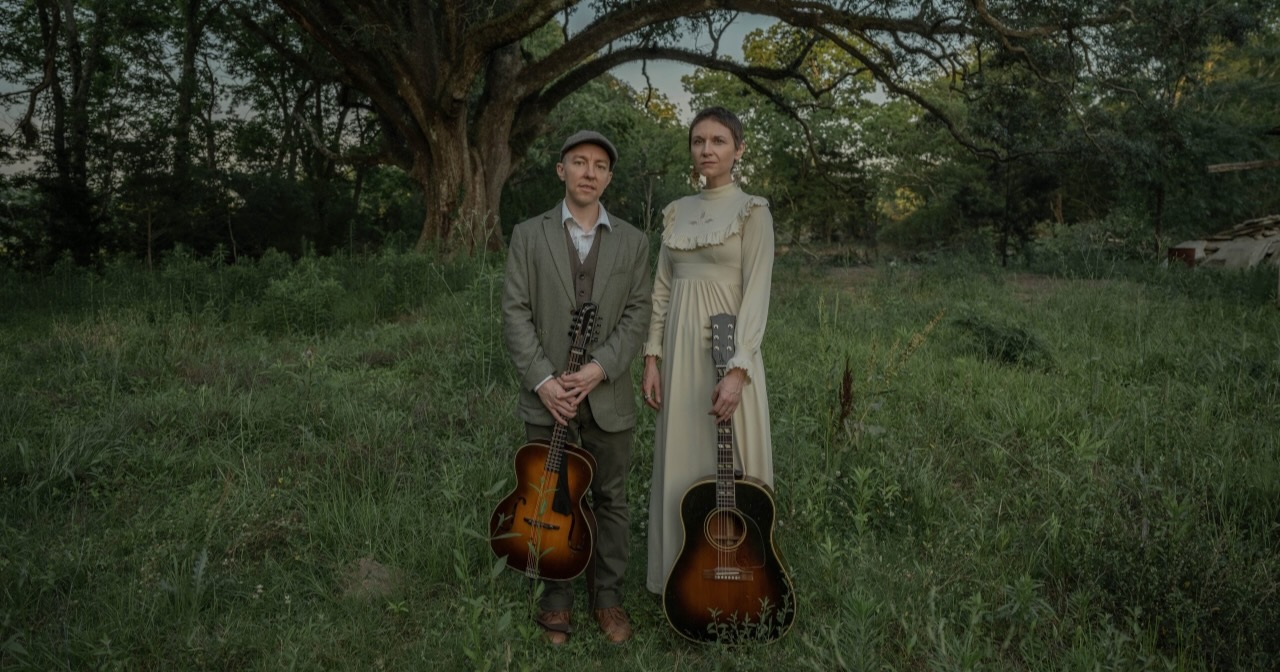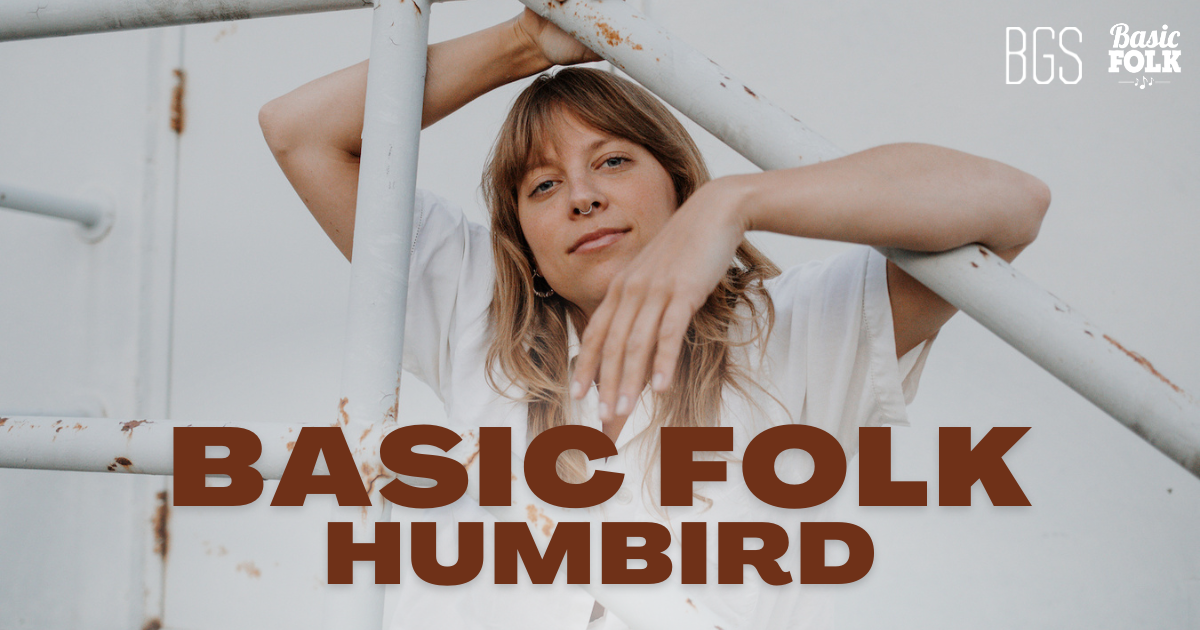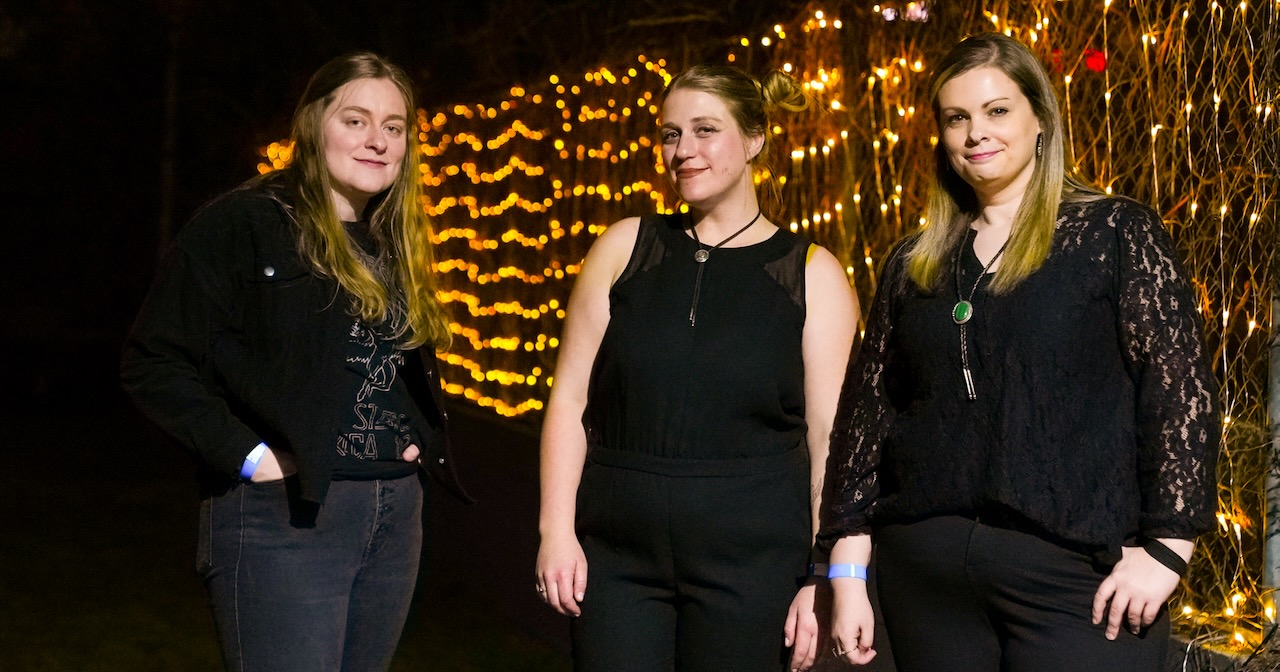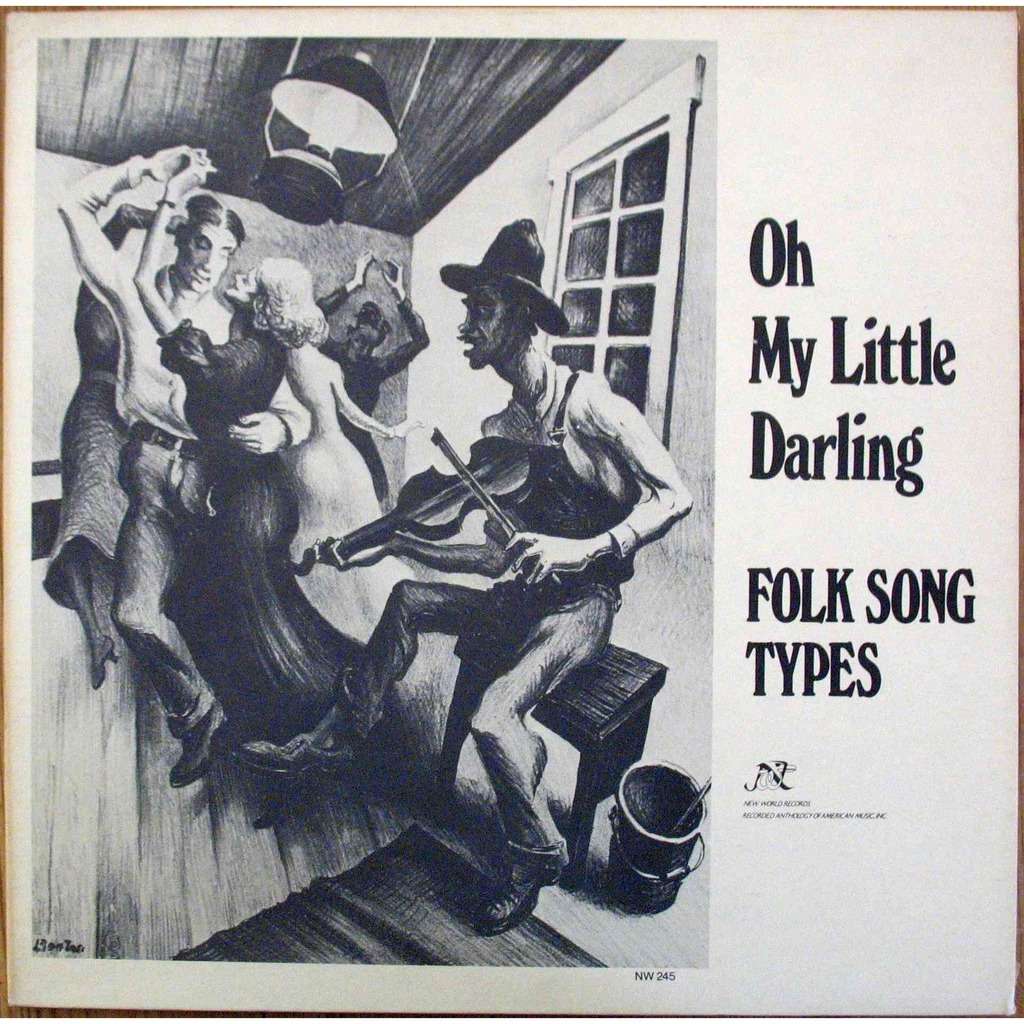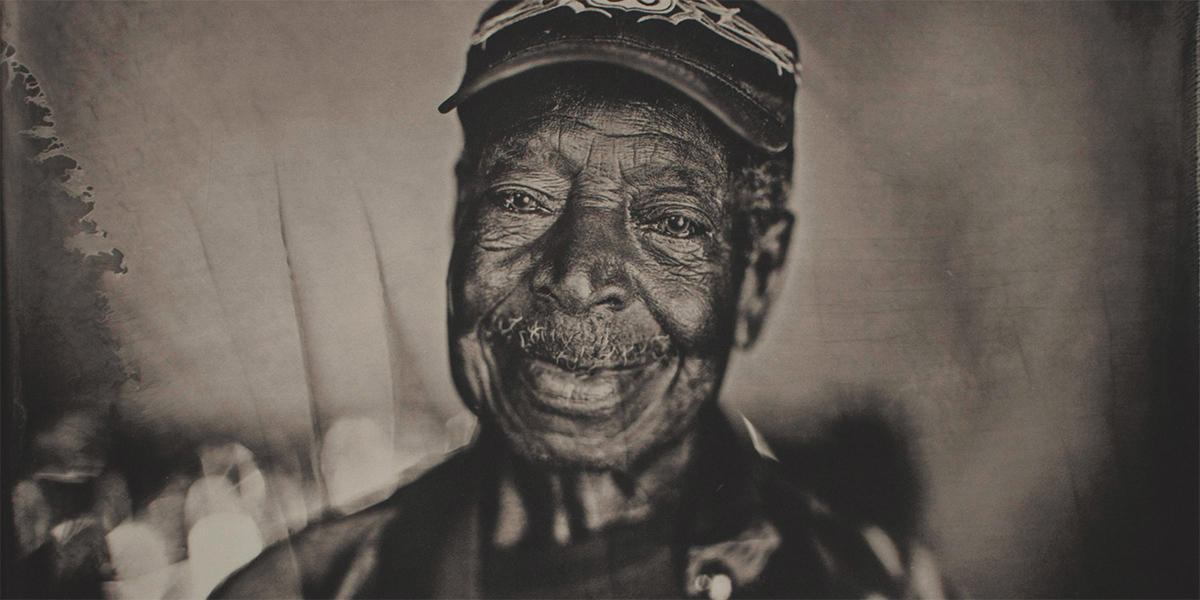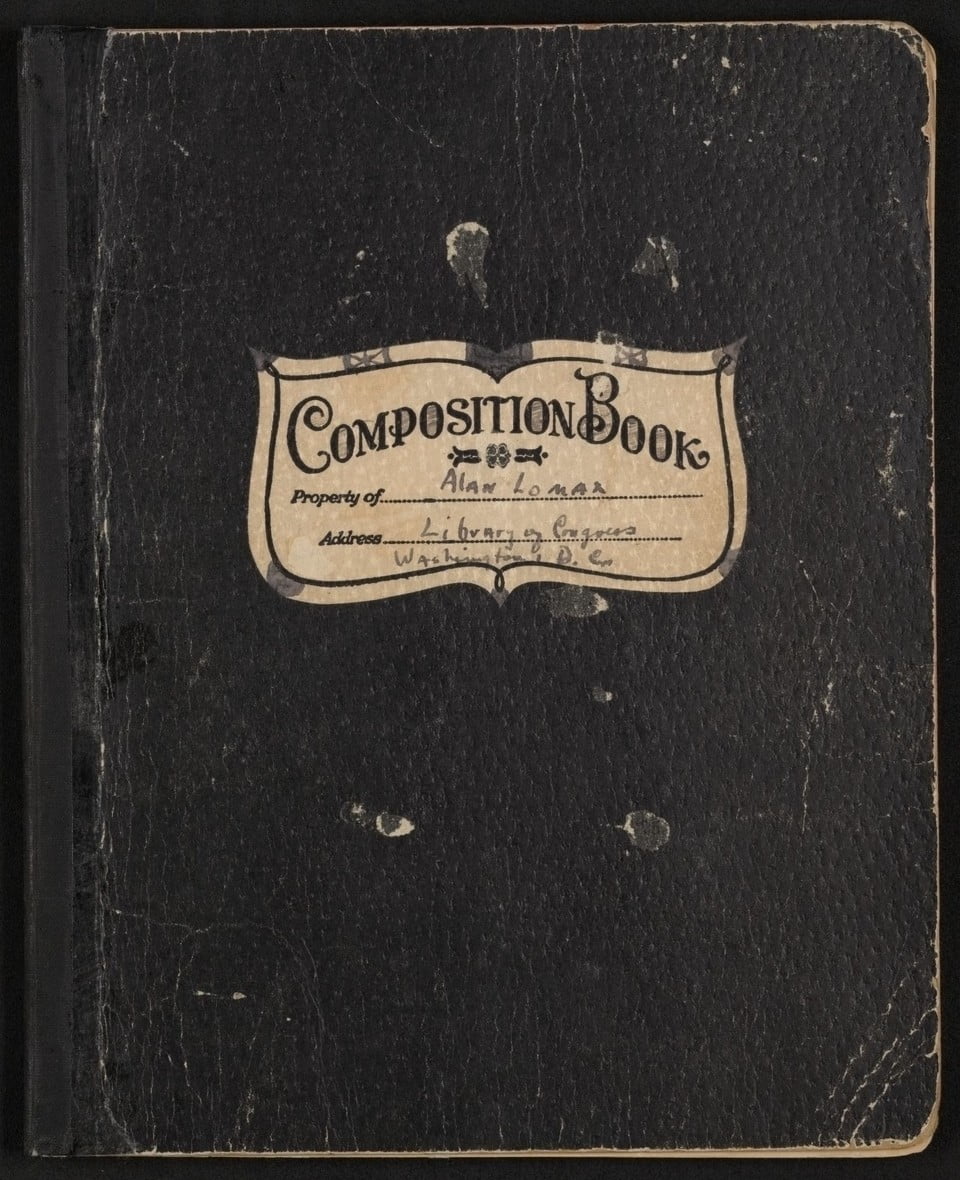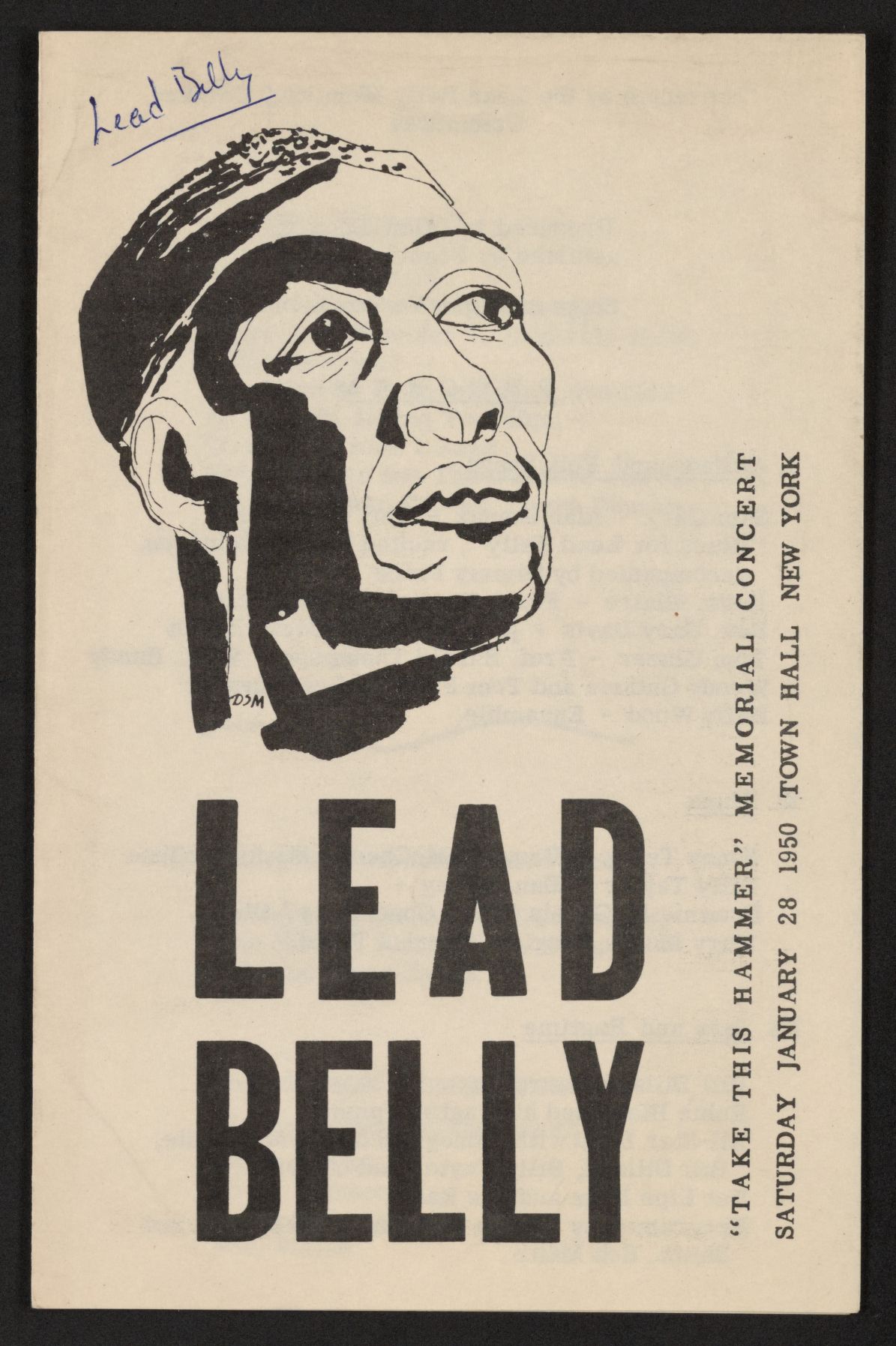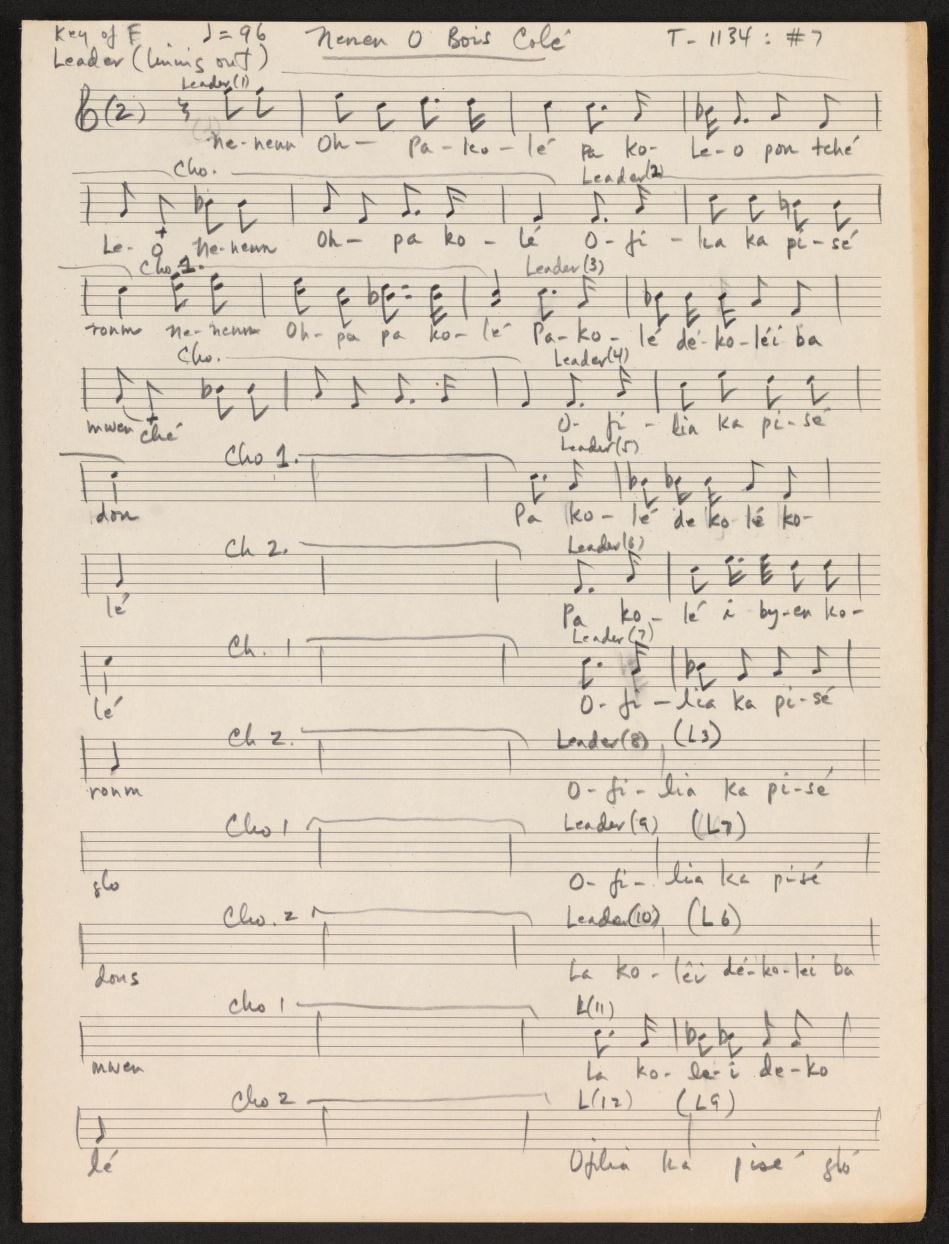As humans, we have a history of turning to story for comfort, direction, and preservation – a way to keep the present alive in the future. Story can be found in books, poetry, song, and our minds and mouths.
This playlist starts with our song, “Once Upon a Time,” which was born of our turning to story in the deep uncertainty of early 2020, and is the opening track of our recently released, eponymous album. In this Mixtape, we feature songs that incorporate or allude to books, authors, poetry, or story, written by artists that inspire us to write our truest stories. – Ordinary Elephant
“Once Upon a Time” – Ordinary Elephant
When the world shut down in March of 2020, we found ourselves one show into a two-week Australian tour. After scrambling to get home, the quiet hit and the processing of a new world began from our Louisiana porch, deeply feeling the human instinct to turn to a sense of story when faced with intense uncertainty.
“Always a Little Less Time” – Justin Farren
“So I guess that’s always been the story of you and I.” Justin paints pictures with the specifics that draw you in and let you see yourself in his songs, then cuts straight to the truth. The impermanence and the importance of our time here. This song guts us, in the best way, every time.
“Nothing at All” – Clay Parker & Jodi James
“I’ve got books stacked on the bedside table, that are gonna make me well and able, but the light in my room is still burned out,” Jodi sings, as one of our favorite duos spins an ethereal tune of rejection and resolve.
“Walking Each Other Home” – Mary Gauthier
One of our favorite songs of Mary’s. Achingly beautiful, it details the uncertainty of a relationship ending, but also speaks to the broader idea of the unknown. “I don’t know how this story’s supposed to go,” she sings in the chorus, as it’s hard to know when we’re living it. But there is clarity and acceptance that “we’re all just walking each other home,” helping each other find our own stories.
“Under My Fingers” – Wes Collins
Wes is one of those writers who takes you places you didn’t know you needed to go. Both with his words and with his music. This song follows a writer’s thoughts, even alluding to the scarcity mindset that can sometimes take hold of creatives. The fear that it won’t last and the solution of surrendering to the pen.
“Paperback Writer” – The Beatles
The Beatles were Pete’s first musical love, showing up in his life around sixth grade and giving a wealth of melodies and harmonies to soak in. He studied guitar through their songs, which span so many genres, it was easy to get lost in their catalog for years.
“Windmills” – Mutual Admiration Society
The story of Don Quixote twisted into a song by one of Pete’s favorite songwriters, Glen Phillips. This song first appeared on Toad the Wet Sprocket’s 1994 album, Dulcinea. This version is from an incredibly underrated collaboration between Glen and Nickel Creek. Both of these artists changed Pete’s musical world, Glen being one of the first songwriters that he really dug into and in this collaboration, Nickel Creek introducing him to the world of acoustic music.
“Hemingway’s Whiskey” – Guy Clark
Guy Clark’s use of simple language to tell deep truths is unparalleled in the modern songbook. Here he salutes his admiration for another legendary writer, toasting with a drink, and reveling in the difficult work it takes to be a writer of that stature. Guy’s songs are revelations.
“I Ain’t Playing Pretty Polly Anymore” – Dirk Powell
We have the choice to perpetuate stories or let them die off. Some traditions continue to enrich our lives, but it’s important to realize when we’ve moved past them and when it’s time to draw the line between cautionary tale and normalizing certain types of violence. As someone steeped in tradition, Dirk makes an important statement about what songs are able validate, and that we can choose not to continue singing certain ones.
“The Other Morning Over Coffee” – Peter Mulvey
In remembering a conversation with a friend, Peter recalls talking about having lived lives “so full of poetry and adventure that if we died right then and there it would have been fine.” It’s a goal we can hope that some part of us is always aiming for. As the song unfolds, it becomes a perfect reminder that we’re all moving through the same world, the same bigger story, despite the difference in our details.
“Velvet Curtain” – Anna Tivel
Anna’s songs are movies, thick with imagery and emotion. She’s one of those writers who you’re thankful is walking this earth at the same time as you. This song shows us that sometimes there are words that need to be heard, and sometimes you’re unknowingly the one singing them.
“Billy Burroughs” – Jeffrey Martin
Jeffrey’s work tends to knock your socks off, right out of the gate. His rich voice and insightful command of language immediately demands your full attention. His background of teaching literature melds with his own writing here.
“Tailor” – Anaïs Mitchell
“When he said that my face he’d soon forget, I became a poet.” One of our favorite songwriters, Anaïs has a way of weaving a story that hits you in the softest spots. Here she spins a gorgeous warning of how easy it is to let others define our story, and that we can learn to tell our own if we remember to listen to ourselves.
“The Prophet” – Ordinary Elephant
Crystal came across a copy of Khalil Gibran’s The Prophet, gifted to her by a dear friend 20-something years ago. The bones of this song were hiding between the dog-eared pages, a discovery of self-love through returning to reminders of a love gone.
“Everything Is Free” – Gillian Welch
“We’re gonna do it anyway.” In lyric, and in delivery, Gillian shows us the power of song and story to persevere. Her voice and style are singular, and are always a welcome reminder to find comfort in the unique and truest version of ourselves.
Photo Credit: Olivia Perillo
